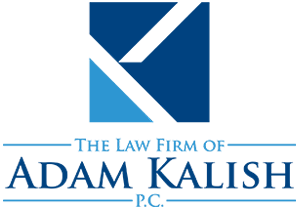Landlords don’t like to conduct evictions. The legal process of an eviction can be complicated, messy and expensive. If a tenant is so inclined, there’s also the risk of significant property damage while the formal eviction process is followed.
It’s no surprise, then, that some frustrated landlords try to cut a few corners and expedite the process through a practice known as a “self-help” eviction – but those are illegal, and a landlord can end up in a lot of trouble if they try.
What does a self-help eviction involve?
A self-help eviction occurs when a landlord takes action to remove a tenant from their dwelling without first obtaining the proper court order. Examples of self-help evictions include:
- Changing the locks while the tenant is away to prevent the tenant from returning
- Shutting off essential utilities such as the water supply, electricity or heat in an attempt to make the property uninhabitable and force a tenant to vacate
- Removing the tenant’s doors or windows when the tenant isn’t home to make the property insecure
- Going into the property when the tenant is away and putting all their possessions on the curb
If a landlord is found guilty of an illegal eviction under New York Code 26-251, they could be forced to not only restore the tenant to their living space but they can also be charged with a Class A misdemeanor. If convicted, that can result in a year in jail, civil penalties of between $1,000 and $10,000 and fines.
With all that in mind, don’t make the mistake of trying to handle an eviction on your own. It’s far better to get experienced legal guidance over the issue than to find yourself on the wrong side of the courtroom.

